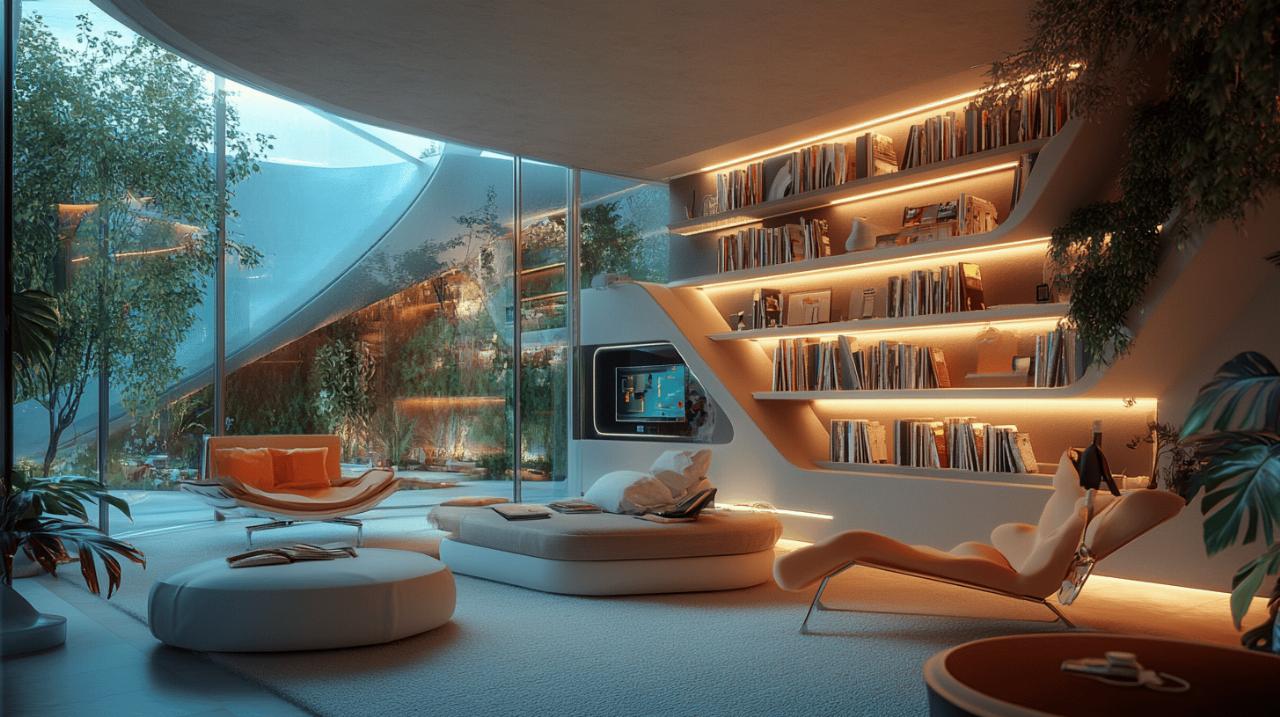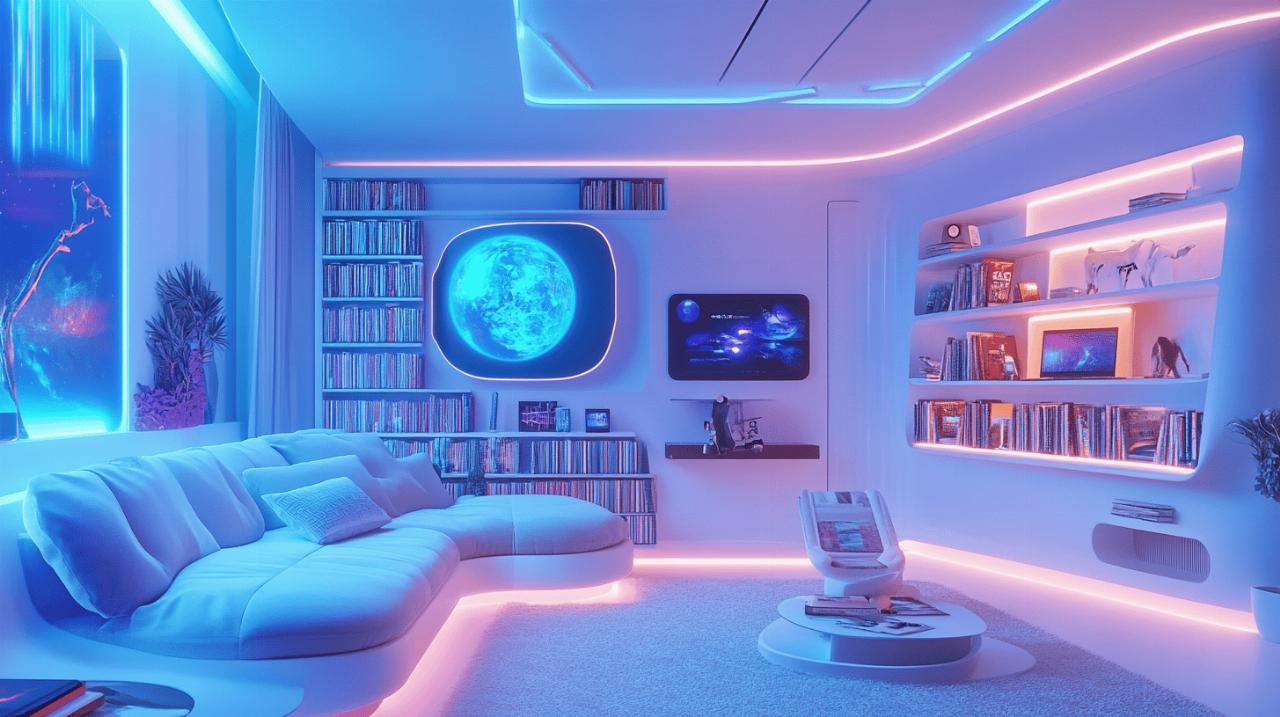The world of home design continues to evolve with innovative approaches that transform living spaces into personalized sanctuaries. Homeowners now seek designs that not only look appealing but also incorporate functionality, sustainability, and advanced technology to enhance everyday living experiences.
Breakthrough solutions for modern living spaces
Modern homes are evolving beyond aesthetic appeal to embrace functionality and adaptability. The fusion of design with purpose creates living environments that respond to changing lifestyle needs while prioritizing sustainability and wellness. Today’s breakthrough home solutions focus on maximizing space utility while minimizing environmental impact.
Smart home integration systems
Smart home technology has revolutionized how we interact with our living spaces. Home automation systems now allow homeowners to control lighting, temperature, security, and appliances through smartphone applications. Energy-efficient smart thermostats learn usage patterns to optimize heating and cooling schedules, while automated lighting systems reduce energy consumption by activating only when rooms are occupied. For comprehensive inspiration on creating connected living spaces, visit casaidea.es where innovative smart home integration ideas showcase the perfect blend of technology and design aesthetics.
Multifunctional furniture concepts
The rise of flexible living spaces has sparked demand for modular and multi-functional furniture that adapts to changing needs. Pieces like sofa beds, expandable dining tables, and storage ottomans maximize functionality without sacrificing style. Foldable tables and built-in shelving systems create versatility in smaller homes, while reconfigurable furniture allows rooms to serve multiple purposes throughout the day. These solutions are particularly valuable in open floor plans where furniture defines distinct areas within a larger space while maintaining visual flow and accessibility.
Revolutionary architectural approaches
Modern home design has evolved dramatically, embracing functionality, sustainability, and adaptability as core principles. Innovative architectural approaches now reshape how we think about living spaces, creating homes that not only look stunning but also respond to environmental concerns and changing lifestyle needs.
Sustainable building materials
The shift toward eco-conscious living has revolutionized building material selection. Recycled materials have gained popularity, with reclaimed wood offering both character and environmental benefits. Bamboo stands out as a rapidly renewable resource that provides strength and aesthetic appeal. These materials reduce environmental impact while creating healthier living environments.
Biophilic design principles integrate natural elements like indoor plants and water features, connecting occupants with nature. This approach extends to structural components, where green roofs and solar panels transform homes into energy-generating ecosystems. Projects like House T demonstrate how T-shaped layouts can maximize natural light while incorporating eco-friendly materials throughout.
The Wilbat House exemplifies cutting-edge sustainable design with its solar tracking ring that optimizes energy collection throughout the day. This innovative home also features integrated wind turbines and rainwater harvesting systems, creating a comprehensive approach to resource efficiency.
Space-maximizing floor plans
Contemporary home design prioritizes spatial efficiency without sacrificing comfort. Open floor plans remain dominant, creating fluid connections between living areas while maximizing natural light penetration. These designs foster family interaction while making spaces feel larger and more welcoming.
Multi-functional furniture has become essential for space optimization. From sofa beds to storage ottomans and expandable dining tables, these versatile pieces adapt to changing needs throughout the day. The Fun Fill Home concept takes this approach further, featuring transformable spaces where rooms serve multiple purposes through clever design.
Smart storage solutions have become integral to modern floor plans. Built-in shelving, walk-in closets, and pantries maximize vertical space. Modular furniture systems allow homeowners to reconfigure spaces as needs change, while movable walls create dynamic environments that adapt to different activities and family configurations. These innovations prove that even modest-sized homes can feel spacious and accommodate diverse lifestyle needs when thoughtfully designed.

